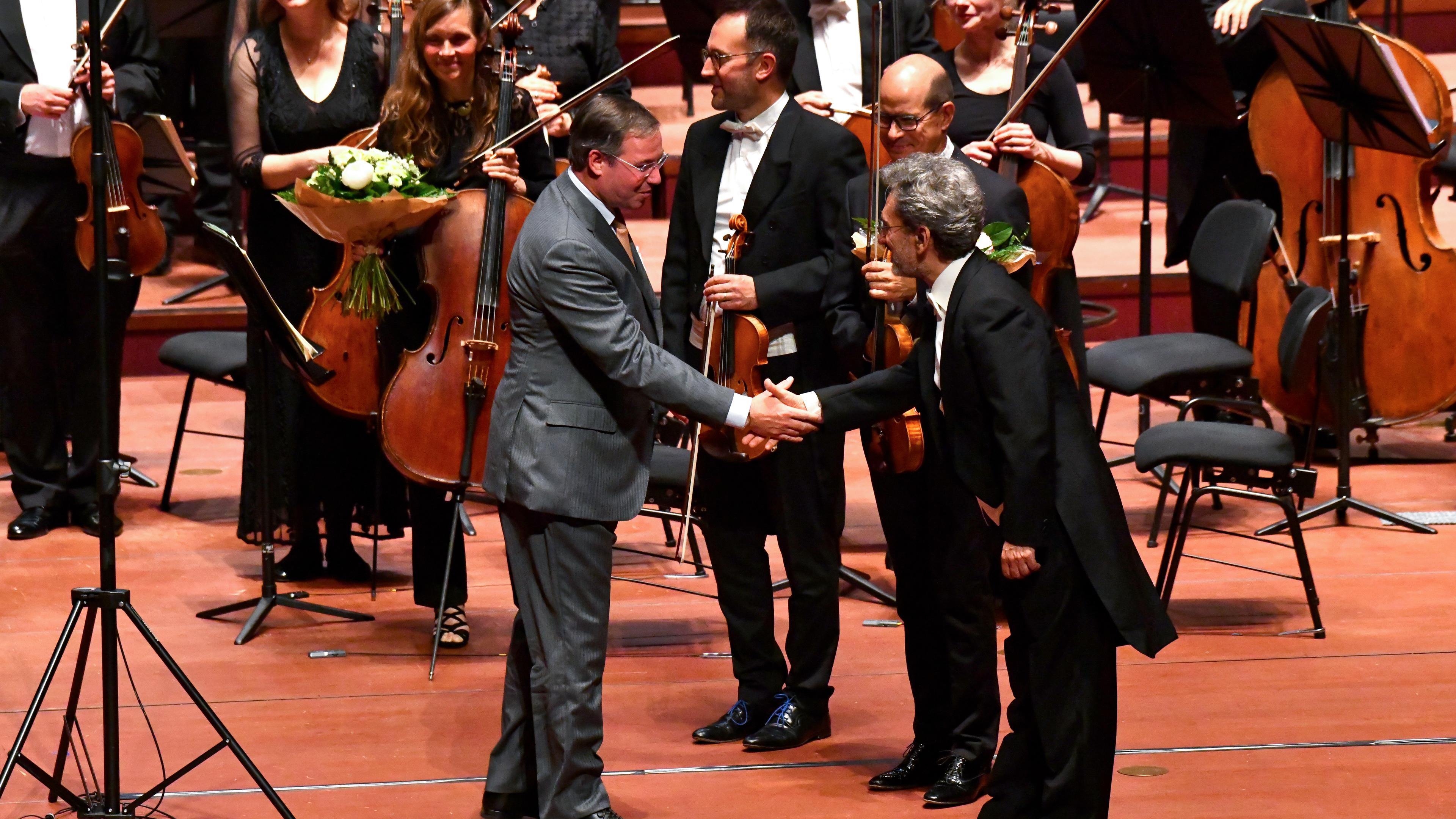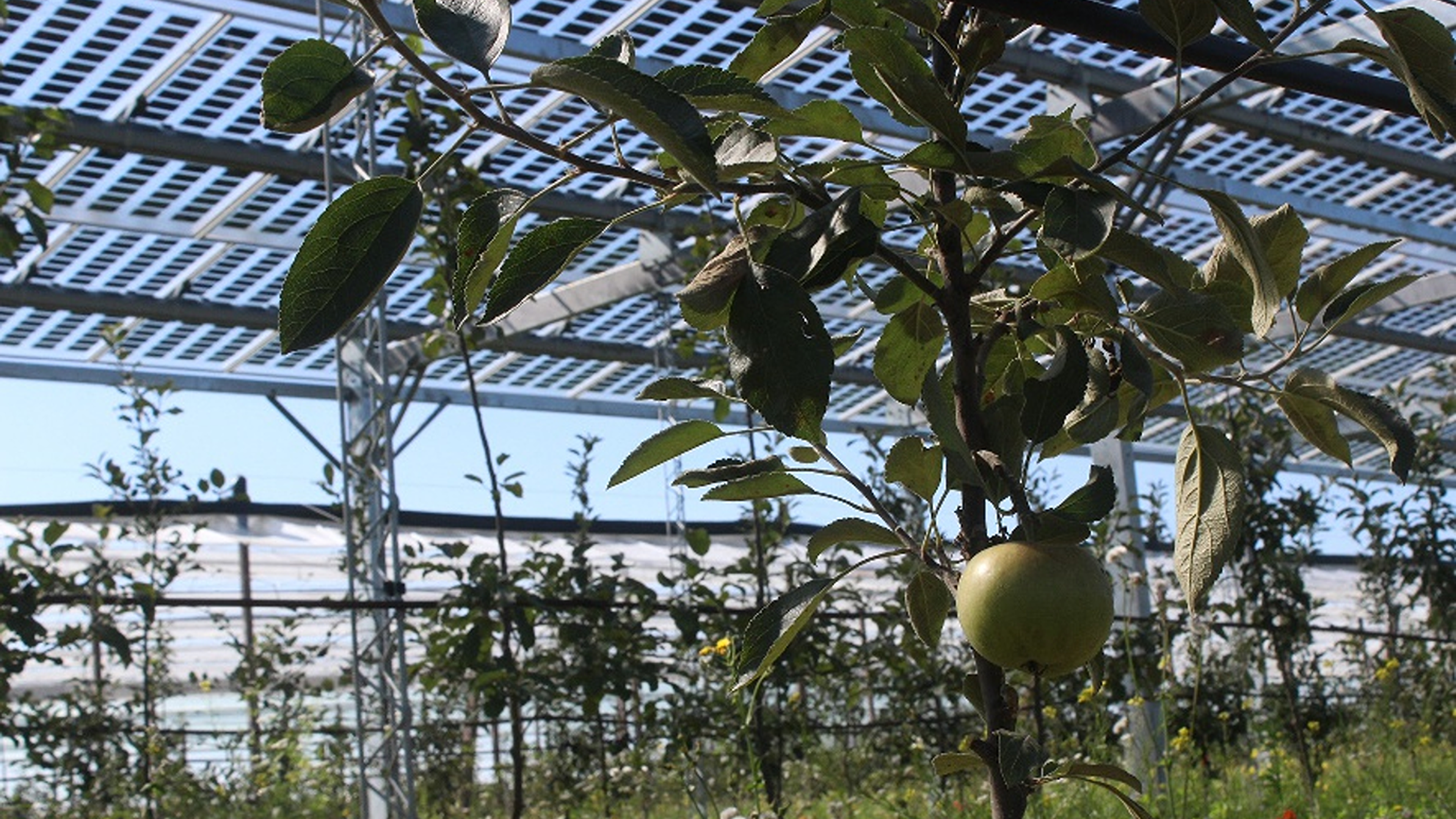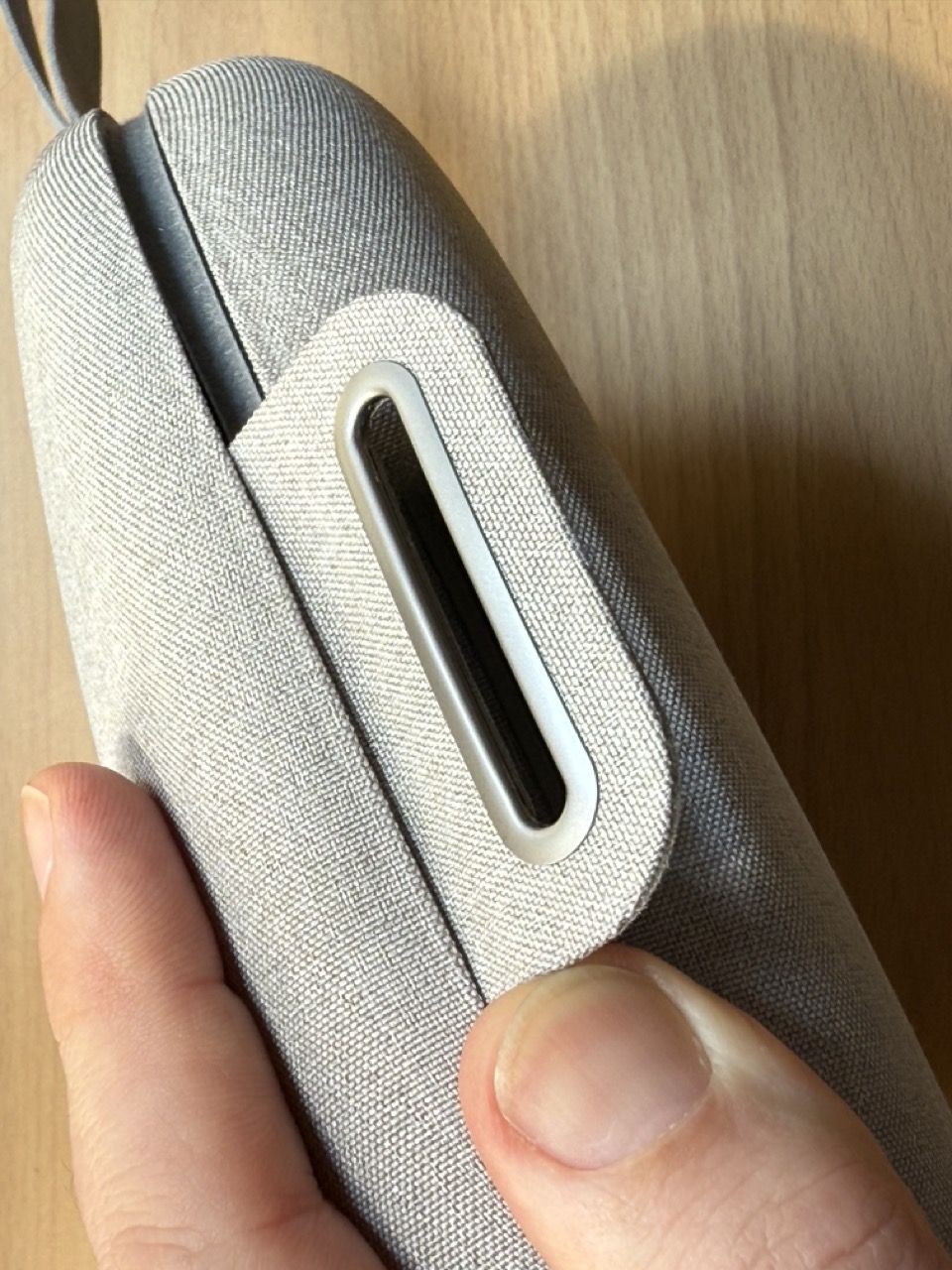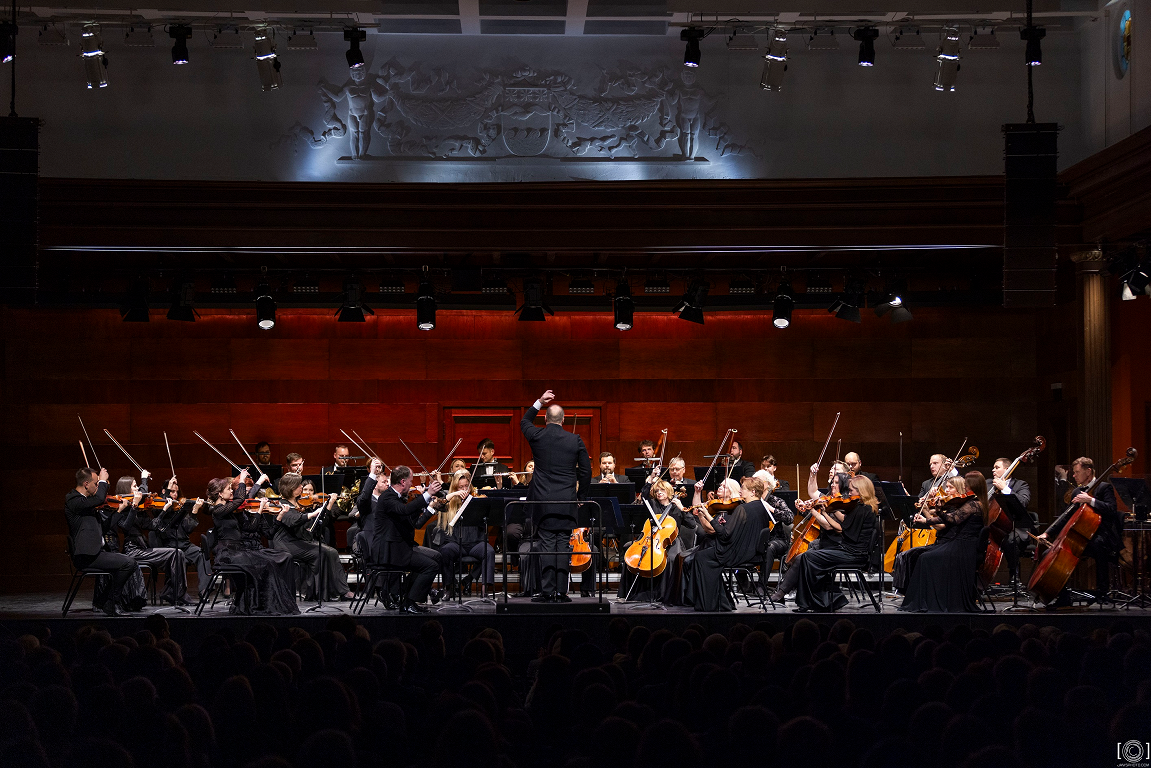Luxembourg in World War II: Now explore interactively on the smartphone
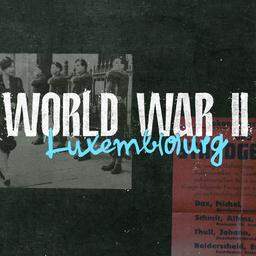
When contemporary witnesses like Gerd Klestadt or Margot Friedländer Die, part of the direct memory is lost again. Who can you contact as much as possible information about the history of the Second World War? And especially when it comes to the events in the Grand Duchy? The research center Luxembourg Center for Contemporary and Digital History (C²DH) has offered a special option since the beginning of the year: under the link ww2.lu There is one of the strongest and most accessible work on the World War from Luxembourg perspective. And it is even completely called up with the smartphone.
What does it look like? With your finger or mouse pointer, one of the virtual green pins can be clicked on a Luxembourg card. Even if the intro this digital exhibition, which had recently been classified, gives a little insight into the sources such as photos and documents, this actual homepage looks absolutely sober. In front of the viewer’s eyes, these local brands seem to be without much more details. Only when « touching » one of the green pins or the references to further cards towards England, Russia and Poland arises more.
Sober surface, surprising in depth
But if the users then click on one of the small boxes that appear at the respective town brand, there is an incredibly dense portfolio on the respective different topics. « 33 video clips create a panorama of well -known and unknown places, » said those responsible at this first level of the project.
Hitler’s empire falls – freedom wins
An example: Behind a local brand on the bottom of the map, there is a otherwise less focus of the Second World War. When the Nazis occupied Luxembourg, a certain tourism developed in Bad Mondorf and his thermal bands. A video clearly shows the short history of the Palace Hotel. During the crew, the Nazi regime of raised circles became a recreational goal-after the end of the war it was converted into a secret allied prison camp Ashcan. It was so changeable at the time.
Palace Hotel in Mondorf: The shared apartment of the Nazi bonuses
The hotel no longer exists today. Only the sources are reminiscent of this – and in the digital exhibition, this can become a starting point for many further insights around Luxembourg and its history during the Second World War. In English, French or German, the linked notes can be immersed in every local brand. The presentation on the classic screen is more impressive, but the makers have ensured that even on small screens, a presentation is possible-an apprenticeship from the user data of the C²DH predecessor projects. And the smartphone was one of the most important means to call up an online exhibition.
Rich after some training
At first you have to get used to something. Because the order and the reference structure of this focus on the map level, the so -called course, with the rest of the offer is not always easy to understand and must first be practiced – or like subtitles to the videos. But then hours can be spent with these videos, historical sources and the classified texts.
The catalog level, which can also be called up directly via the menu, is easier for people who prefer clear chapters. As in a book, more than 60 notes can be leaf through this and the appropriate sources are displayed in parallel. These are enlarged by clicking and described and classified as digital objects.
Between local stories and historical research
This possibility alone is added value. However, in this catalog view, the videos about the 33 local brands of the map are no longer called up so quickly. In this way, both levels are enriching in their respective species and offer insights into the history of world war in different ways. It is an interplay between the events and analytical views of leading historians, some of which are very personally told.
« We need different sources than just Nazis »
It took years. The project has grew since 2022. And what has come together with the public presentation is actually unique. It is a polyphonic view that feeds on many parts and details. Behind it is not only the project manager, the researcher Christoph Brüll with his team. If you take a closer look at the list of partners such as research institutions and memorial sites, guest authors, interview partners and archives, you will be aware of the broad shoulder.
Is that due to the financier, the State Ministry that everyone participates so committed? At least the framework for such great cooperation and the backing was there. For too long, it was more likely to be taken to harvest the laurels themselves or to put their own detailed results into the light among researchers and scientific institutions. This is where many voices have their say in parallel – and despite the multi -layered topic, this explains so light -footed and in a clear shortness that it is available for a very broad target group. If you want depth, you get it; And if you want to sniff first, you will be surprised. Students can easily research and give experts new perspectives.
Christoph Brüll leads the work at the online exhibition. Photo: private
Because the aim of the exhibition is to « take into account younger historical research in particular, » write Brüll and his team. « To do this, it is based on the advantages of the digital format. The exhibition enables the experience of Luxembourgers to approach various perspectives by drawing from a rich and often unknown documentation. » Even if there are still some problems in the archive landscape of Luxembourg, the archive law also ensured a movement in the research.
Different narrative formats create variety
The project manager attaches great importance to the fact that completely new contexts have been inserted. « The latest research, for example on the colonial history of Luxembourg, have been incorporated and we can show, for example, completely unknown historical photos from the National Archives or the Archive of the City of Luxembourg. Or we are focusing on places at the map level that have so far played less.
Luxembourg colonialism: when blood diamonds are in the archive
And even if that sounds unusual at first: “In the best case, users go out with more questions than they thought. Also because earlier certainties are shaken. Because research in recent decades has not only shown for Luxembourg that the behavior of individuals during the occupation was significantly. Historical review was true, the time today cannot be drawn in the exact review, ”said the project manager.
On May 10, 1944, Wehrmacht troops crossed the border near Wasserbillig with a flak. Photo: Luxembourg Center for Contemporary and Digital History / National Archive Luxembourg
This is exactly what can be felt in the depths of the project. The more than 60 catalog entries and even more sources, the 33 local brands with their narrative videos, the backgrounds such as the other levels of the online project (including a detailed bibliography) are an outstanding find basin. And only if it is used do such initiatives also have a good basis to launch further projects.
The exhibition is completely under ww2.lu available. Further projects and digital exhibitions of the research center can be found at: www.c2dh.uni.lu



